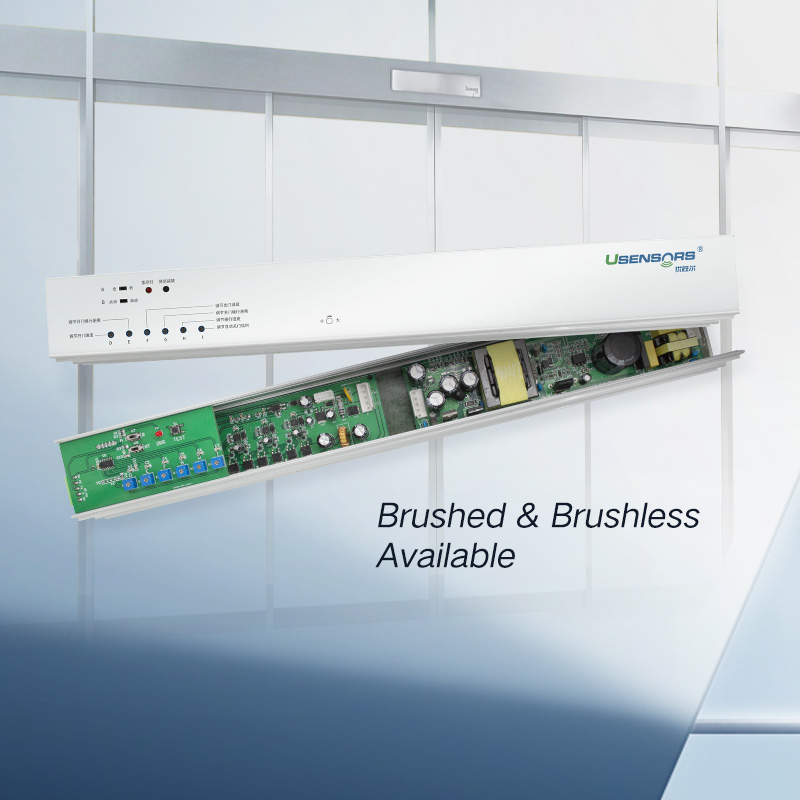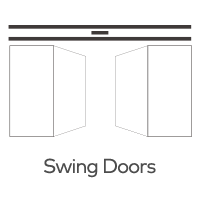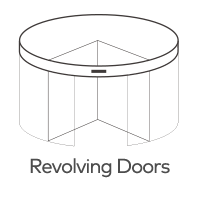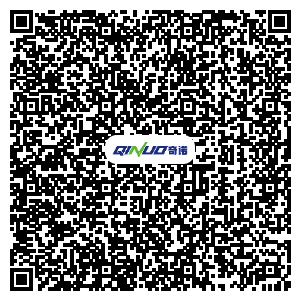What power supply options are available for a door controller?
In the realm of modern access control systems, door controllers play a pivotal role in enhancing security and convenience. These intelligent devices regulate entry and exit points, ensuring that authorized individuals gain seamless access while maintaining a barrier against unauthorized entry. To operate effectively, door controllers require a stable and reliable power source. This article delves into the various power supply options available for door controllers, highlighting their features, benefits, and considerations.

Understanding the Importance of Power Supply:
Door controllers are responsible for managing electronic locks, sensors, and communication interfaces. A consistent and dependable power supply is essential to ensure the continuous operation of these components. The choice of power source directly impacts the reliability and functionality of the access control system.
Main Power Supply Options:
1. Direct AC Power:
Connecting a door controller directly to the building's AC power supply is a common and reliable option. This approach provides a consistent and stable source of power, eliminating the need for frequent battery changes.
2. Low-Voltage DC Power:
Many door controllers operate on low-voltage DC power, typically 12V or 24V. This option is widely used and offers a balance between efficiency and ease of installation.
3. Power over Ethernet (PoE):
PoE technology enables both data and power to be transmitted over a single Ethernet cable. This option simplifies installation and reduces the need for separate power wiring, particularly in networked access control systems.
4. Battery Backup:
Incorporating battery backup ensures that door controllers remain operational during power outages. This is particularly crucial for maintaining security and preventing unauthorized access during emergencies.
Considerations When Choosing a Power Supply:
1. System Complexity: The power supply choice should align with the complexity of the access control system. Larger systems may require more robust power sources to accommodate multiple door controllers and components.
2. Redundancy: For mission-critical applications, redundancy can be essential. A combination of main power supply and backup options, such as battery backup or PoE, can ensure continuous operation.
3. Installation Environment: Consider the environment in which the door controller will operate. Outdoor installations might require weatherproof or outdoor-rated power supplies.
4. Maintenance: Some power supply options require more frequent maintenance, such as battery replacement in backup systems. Factor in the associated costs and efforts.
5. Integration with Building Systems: Choose a power supply that integrates seamlessly with other building systems, such as fire alarms or security systems.
Conclusion:
The reliable operation of door controllers is contingent upon a suitable and stable power supply. Choosing the right power source ensures that access control systems function as intended, providing security, convenience, and peace of mind. Depending on factors such as system complexity, installation environment, and integration requirements, options such as direct AC power, low-voltage DC power, PoE, and battery backup can be strategically employed to guarantee the uninterrupted operation of door controllers in various access control scenarios.







